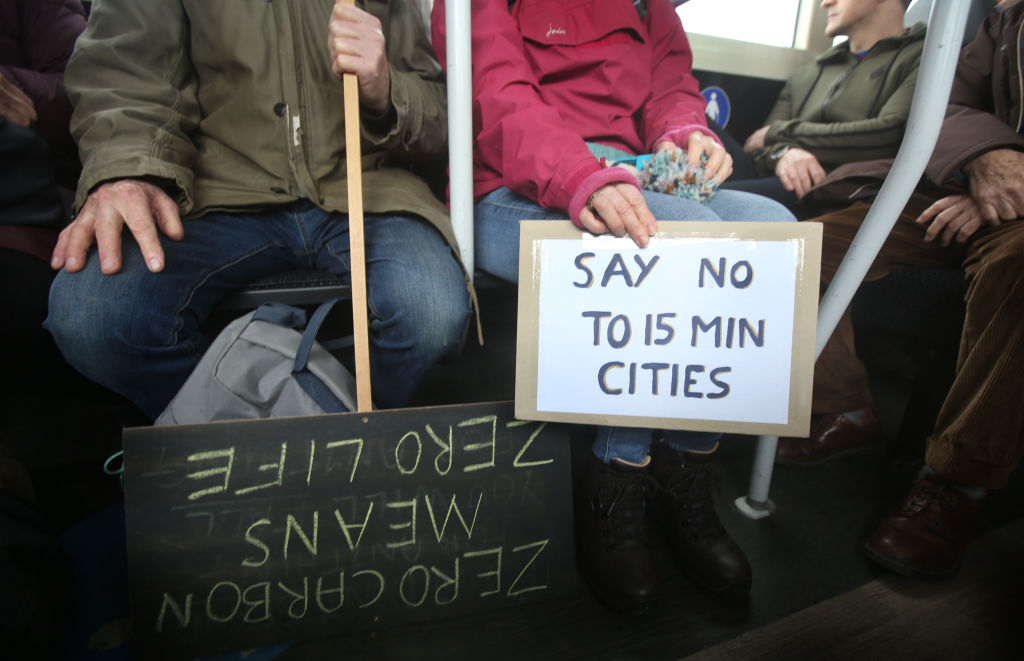At the end of last year, the subject of the ‘15-minute city’ began to creep into neighbourhood WhatsApp groups, interrupting the usual discussion of lost cats, car crime and blocked drains. Oxfordshire County Council had proposed a traffic-zoning scheme to reduce car usage in the city – and suggested that to address unnecessary journeys, every resident should have ‘all the essentials (shops, healthcare, parks) within a 15-minute walk of their home’. But critics up and down the country hit on the proposals as an example of the ‘international conspiracy’ and ‘tyranny’ of the 15-minute city – which, they warned, is probably coming to a neighbourhood near you soon.
Although the term only gained traction four years ago, the 15-minute city is nothing new in town-planning theory. The idea of urban areas where amenities can be reached within a 15-minute walk or cycle has been shaping neighbourhoods across Europe for decades, and there are flourishing examples across the UK and beyond.

Get Britain's best politics newsletters
Register to get The Spectator's insight and opinion straight to your inbox. You can then read two free articles each week.
Already a subscriber? Log in






Comments
Join the debate for just £1 a month
Be part of the conversation with other Spectator readers by getting your first three months for £3.
UNLOCK ACCESS Just £1 a monthAlready a subscriber? Log in